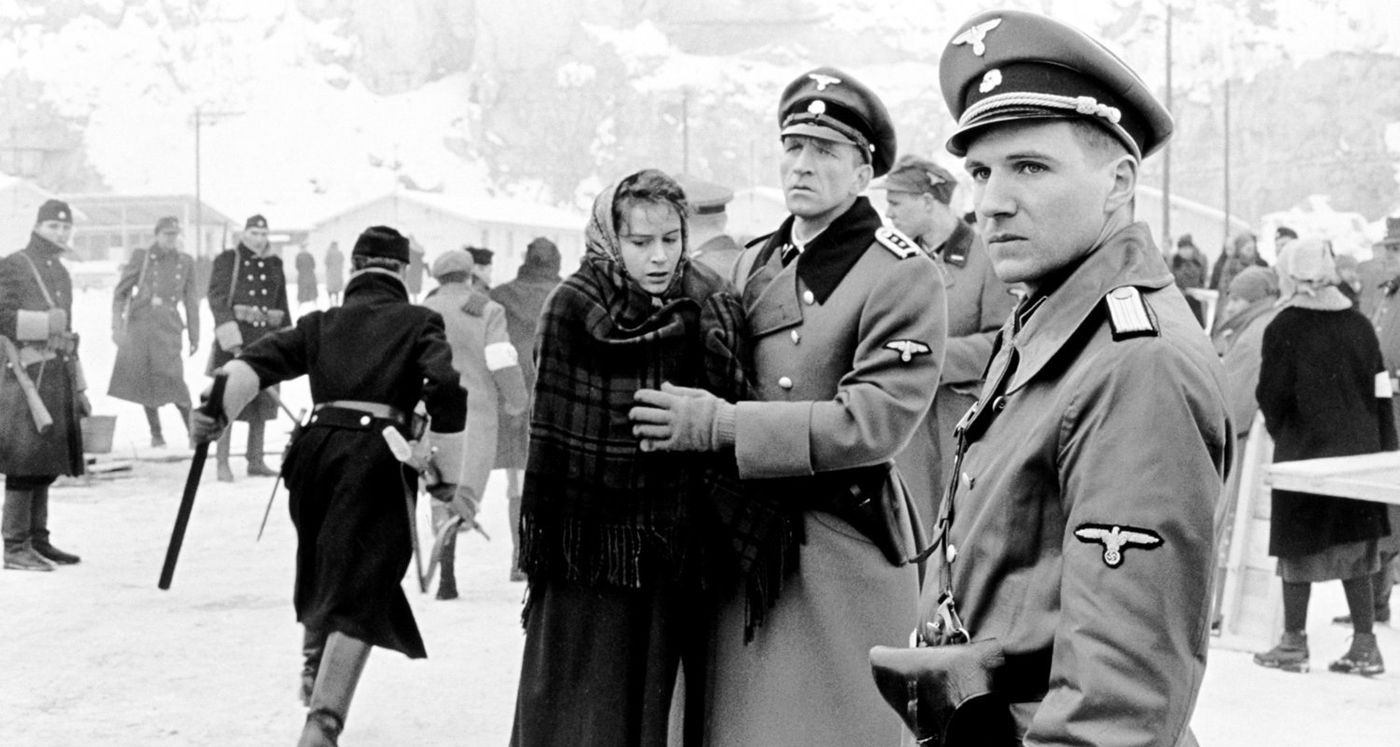A Detailed Look at Schindler's List (1993)
Schindler's List, directed by Steven Spielberg and released in 1993, is widely regarded as one of the most powerful and important films ever made. Based on the true story of Oskar Schindler, a German industrialist who saved over 1,000 Jews during the Holocaust, the film is an emotionally devastating portrayal of humanity amidst one of history’s darkest periods. The screenplay, written by Steven Zaillian, is adapted from Thomas Keneally’s novel Schindler’s Ark.
The film stars Liam Neeson as Oskar Schindler, a member of the Nazi Party and a successful businessman who initially exploits Jewish labor for profit. However, as he witnesses the atrocities committed against the Jewish population, his motives shift. Risking his wealth and life, Schindler devises a plan to save as many Jewish workers as possible by employing them in his factories and keeping them off the deportation lists.

Ralph Fiennes gives a chilling performance as Amon Goeth, a sadistic Nazi officer in charge of the Kraków-Płaszów concentration camp. His character serves as a terrifying embodiment of the cruelty and inhumanity of the regime. Ben Kingsley also delivers a memorable performance as Itzhak Stern, Schindler’s Jewish accountant and close confidant, who plays a key role in the creation of the famous “list” that becomes the lifeline for many prisoners.
One of the most distinctive choices in Schindler’s List is its cinematography. Shot almost entirely in black and white, the film evokes a documentary-style realism that heightens its emotional impact. Janusz Kamiński’s camera work is intimate, raw, and unflinching. The use of color is limited but deeply symbolic—most notably in the famous scene with the girl in the red coat, which serves as a powerful metaphor for innocence amidst destruction.

The film does not shy away from portraying the horrors of the Holocaust. From mass executions to the dehumanization of Jewish people in ghettos and camps, Spielberg presents these moments with brutal honesty. Yet, within this bleak landscape, Schindler’s transformation offers a rare glimmer of hope. His gradual realization of the value of human life and his moral awakening form the emotional core of the story.
John Williams’s haunting musical score, highlighted by violin solos from Itzhak Perlman, adds a poignant layer to the film’s tone. The music underscores the sorrow, tragedy, and ultimately, the humanity that the film seeks to convey.

Schindler’s List was met with critical acclaim and won seven Academy Awards, including Best Picture, Best Director, and Best Original Score. It has since been preserved in the National Film Registry for its cultural and historical significance. Beyond its cinematic achievements, the film continues to be used in educational settings around the world to teach about the Holocaust and the importance of standing up against hatred.
In conclusion, Schindler’s List is not just a film—it is a profound moral statement. It forces viewers to confront the capacity for evil in human history while also reminding them of the power of individual courage and compassion. More than three decades later, it remains a masterwork of filmmaking and a timeless reminder of the cost of silence in the face of injustice.

